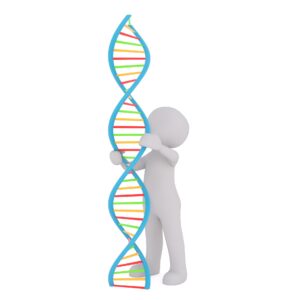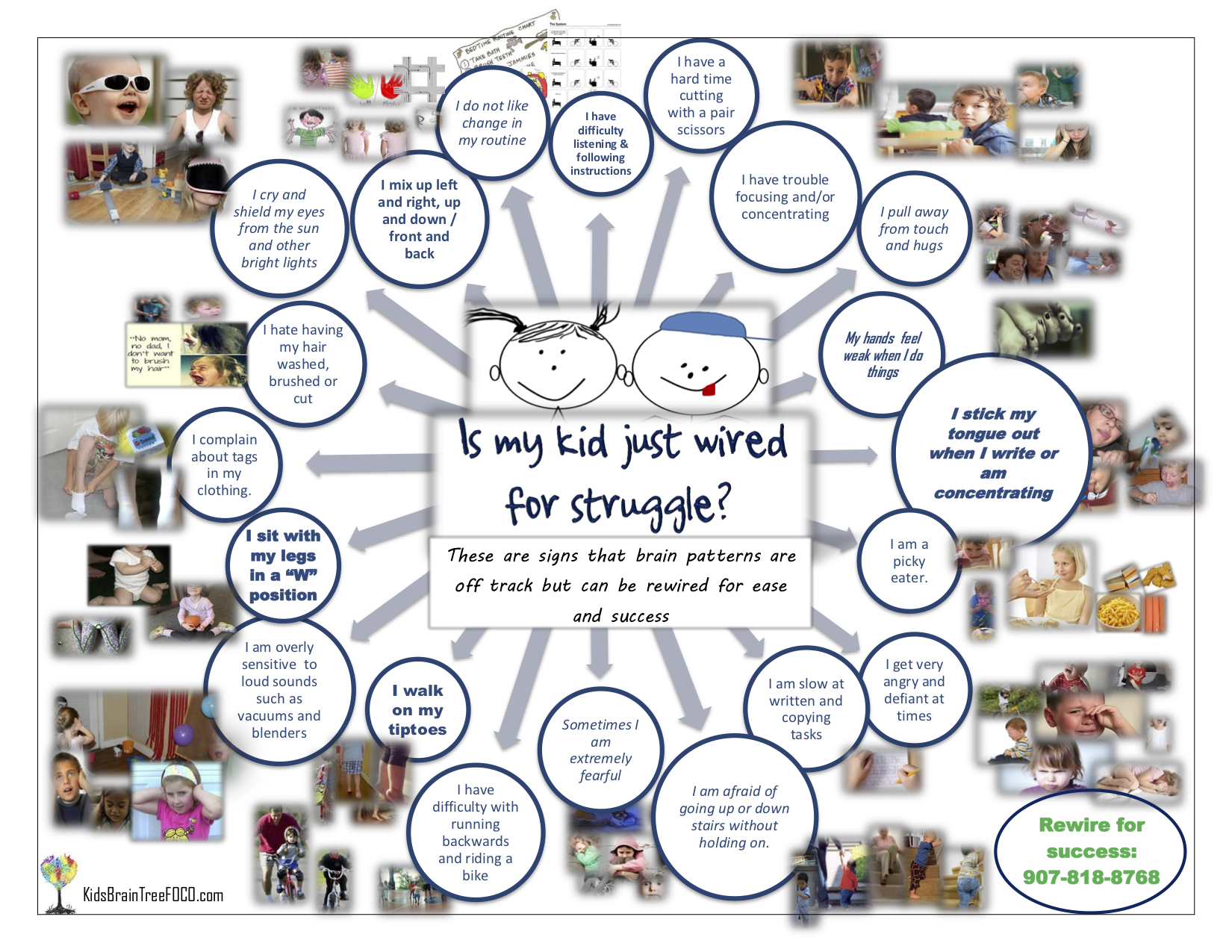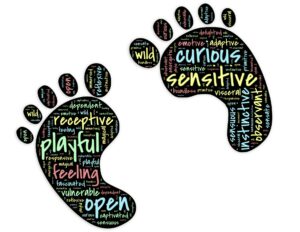 What is a Reflex?
What is a Reflex?
A reflex is a predetermined patterned movement response to a sensation. The response originates in the brainstem or spinal cord and happens automatically without conscious effort or will in response to the applied stimulus.
Within the body there are reflexive patterns in many forms.
The three main types of reflexes that affect function that we consider important for development:
- Primitive Reflexes - that should only be active during infancy and toddlerhood and teach muscles how to move together to ultimately perform skilled activities
- Postural reflexes - that are learned responses to gravity that keep us upright and our heads safe. Ideally develop fully and remain with us our whole lives.
- Defensive Reflexes – these activate to keep us safe and like primitive reflexes consist of a specific muscular response to a sensory stimulation.
These are distinguished from each other in that each specific patterned movement response is triggered by its own specific stimulus, however they can occur concurrently with each other & have been known to be incorrectly entangled / enmeshed thru trauma.
An integrated reflex is a stimulus / response pattern that has completed strengthening the muscles, taught the initial movement pattern and response to the environment, and now is no longer the dominant motor response to the initial sensory stimulus. That is to say that the sensory stimulation no longer elicits an obligatory muscular response. An alternate, individually chosen action is an option.
Life cycle of a Primitive Reflex
Emerge—Appearance of the Reflex.
In the process of normal development, usually around 2.5 weeks after conception, the cells that will be muscles have started to develop, by 3 weeks the heart starts to beat, around 5 weeks cartilage forms to start bones, and by 6 weeks primitive brain waves can be registered and muscles start to contact. At this stage in development there is withdrawal of the head if you touch the mouth, and by 13 weeks there are several such instances all with specific movement patterns linked to specific sensations. These Primitive Reflexes are interwoven and inter-dependent on each other.
Develop—Reflex Movement Repeats.
The mother’s movement and a few other things stimulate the baby when it is in utero, and a reflexive movement is elicited and repeated over and over again. This reflexive movement provides the baby with additional forms of stimulation critical for growth. This is why moms who are assigned bedrest should also be told about how to compensate for the drop in stimulation to the baby.
All reflexes have specific jobs. In general reflexes develop muscles, brain and nerve networks. They influence all the sensory apparatus and all bodily functions. The principle of what fires together, wires together is followed. (Hebbian theory) The reflexes train the brain/body systems to grow and function properly moving the embryo along the path to a running, jumping, self-actualizing being.
Integrate – obligatory motor responses diminish then evolve into choice.
Reflexes are expressed and used in combination until they have established the patterns and skills they are designed to create.
A reflex is integrated when the obligatory movement or behavior pattern is no longer the only choice of response to the stimulus. It is integrated when there are options of more sophisticated, voluntary movement patterns and behavioural responses. This is often indicated by the ability to isolate muscle contraction & relaxation at will. At its core - this is skill development.
It should also be noted that just because your reflex is integrated, does not mean that you have to not use it or that you cannot access it. Sometimes the reflex pattern is useful - like in pitching a baseball. This movement uses the ATNR - that is how the speed is attained.
Other words used commonly for an integrated reflex: complete, inhibited, inactive, dormant
Words used commonly for an unintegrated reflex: incomplete, uninhibited, active, retained, inappropriate, present
When it goes wrong - Locked in the System
If a Primitive Reflex is unable to develop connections appropriately, or a defensive reflex is activated without resolution, the Primitive Reflex can remain “locked” in the system. The reflex persists in a looping pattern, where the patterned motor and behavioural reactions are continually being triggered, without completing the differentiation process. We can release these reflexes from their locked state through specific movements and rewiring activities.
 The degree to which reflexes are unintegrated can vary greatly. There is a wide spectrum between mild and severely inappropriate reflex activity, and each individual has a different “profile”. Even individuals who are very high functioning can have some minimally retained reflex activity and can notice improvements in function once reflexes are integrated more fully. For individuals with more severe challenges, the level of reflex activity is often more pronounced.
The degree to which reflexes are unintegrated can vary greatly. There is a wide spectrum between mild and severely inappropriate reflex activity, and each individual has a different “profile”. Even individuals who are very high functioning can have some minimally retained reflex activity and can notice improvements in function once reflexes are integrated more fully. For individuals with more severe challenges, the level of reflex activity is often more pronounced.
Primitive Reflex activity that is not integrated can adversely affect neuromuscular coordination, sensory perception, emotions, and the ability to think & express oneself clearly.
The common types of behaviours seen when reflexes are inappropriately active are in the quiz on the home page.

